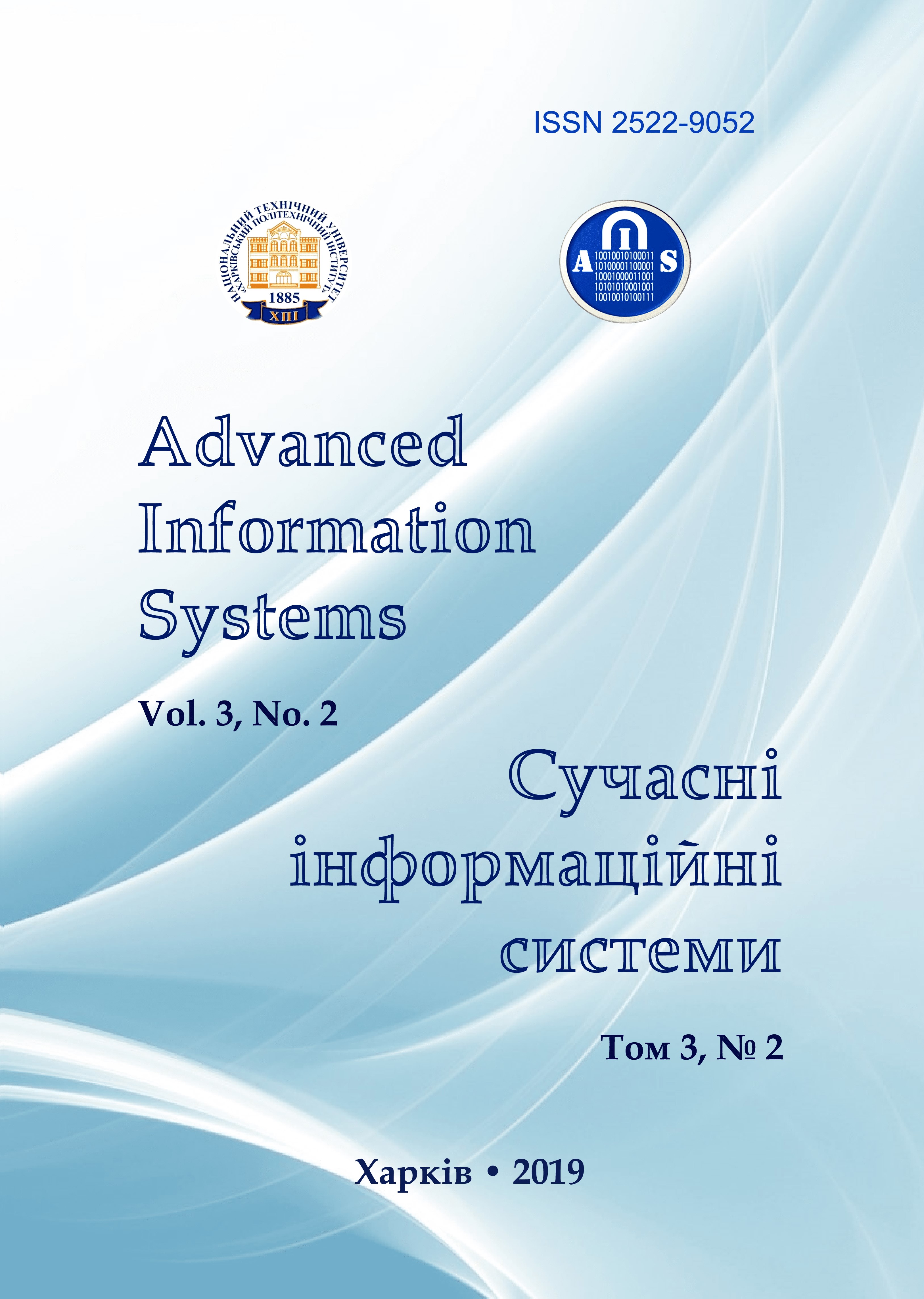Formation of the list of critical aviation information systems in the context of the cyber threats activities
Main Article Content
Abstract
Article Details
References
Dovgan, O. (2013), “Critical infrastructure as an object of protection against cyber attacks”, Information security: the challenges and threats of our time, NA SBU, Kyiv, pp. 17–20.
Greeen paper on Critical Infrastructure Protection in Ukraine, available at:
http://www.niss.gov.ua/public/File/2016_book/Syxodolya_ost.pdf.
Biryukov, D. and Kondratov, S. (2012), Protection of critical infrastructure: problems and prospects of implementation in Ukraine: analytical report, NІSS, Kyiv, 96 p.
Lyadovska, V. (2014), “Methods and criteria for the identification of objects of the state's critical infrastructure”, Integrated intelligent robotic complexes, 19-20 May 2014, рp. 356–358.
On the identification and designation of European critical infrastructures and the assessment of the need to improve their protec-tion: Council Directive 2008/114/EC, available at:
http://eur-lex.europa.euLexUriServ/LexUriServ.do?uri=CELEX:32008L0114:EN:HTML:NOT.
Tsigichko, V., Smolyan, G. and Chereshkin, D. (2006), “Ensuring the safety of critical infrastructures in the USA”, Т.27.
Fekete, A. (2011), “Common criteria for the assessment of critical infrastructures”, International Journal of Disaster Risk Sci-ence, Vol. 2, № 1. pp. 15–24.
Resolution on approval of the procedure for the formation of the list of information and telecommunication systems of critical infrastructure objects of the state (2016), available at: http://zakon0.rada.gov.ua/laws/show/563-2016-%D0%BF.
Doc 8973 ІСАО “Aviation Safety Guide” (2014), no 9, 818 p.
Doc 30 «ECAC Policy Statement in the Field of Civil Aviation Facilitation» (2010), Т. 13, 138 р.
Gnatyuk, S., Sydorenko, V. and Seilova, N. (2017), “Universal data model for the formation of the critical information infra-structure of the state objects list”, Ukrainian Scientific Journal of Information Security, Vol. 23 (2), рp. 80–91.
Sydorenko, V., Zhmurko, T., Polishchuk, Yu. and Gnatyuk, S. (2017), “Data model for forming critical infrastructure objects and determining its connectivity”, Inzynier XXI wieku, Bielsko-Biala, ATH, Poland, pр. 329–350.
Sydorenko, V., Gnatyuk, S. and Aleksander, M. (2018), “Unified data model for defining state critical information infrastruc-ture in civil aviation”, The 9th IEEE Int. Conf. on Dependable Systems, Services and Technologies, Kyiv, рр. 37–42.
Kuchuk, G.A., Kovalenko, A.A. and Mozhaev A.A. (2010), “An Approach To Development Of Complex Metric For Multi-service Network Security Assessment”, Statistical Methods Of Signal and Data Processing (SMSDP – 2010), Proc. Int. Conf., October 13-14, 2010,: IEEE Ukraine section joint SP, NAU, RED, Kyiv, pp. 158–160.
Amin Salih, M., Yuvaraj, D., Sivaram, M. and Porkodi, V. (2018), “Detection And Removal Of Black Hole Attack In Mobile Ad Hoc Networks Using Grp Protocol”, International Journal of Advanced Research in Computer Science, Vol. 9, No 6, pp. 1–6, DOI: http://dx.doi.org/10.26483/ijarcs.v9i6.6335
Gnatyuk, S., Hu, Zh., Sydorenko, V., Aleksander, M., Polishchuk, Yu. and Yubuzova, Kh. (2019), “Critical Aviation Infor-mation Systems: Identification and Protection”, Cases on Modern Computer Systems in Aviation, IGI Global, USA, рp. 423–448.
Kachinsky, А. (2003), Security, threats and risks: scientific concepts and mathematical methods, Kyiv, 472 p.
Sydorenko, V. (2018), Methods for critical information infrastructure objects identification and cybersecurity assessment in aviation, available at: http://er.nau.edu.ua:8080/handle/NAU/33987.
Gnatyuk, S. and Vasyliev, D. (2016), “Modern critical aviation information systems”, Information Security, Vol. 22, Issue 1, pp. 51–57.
